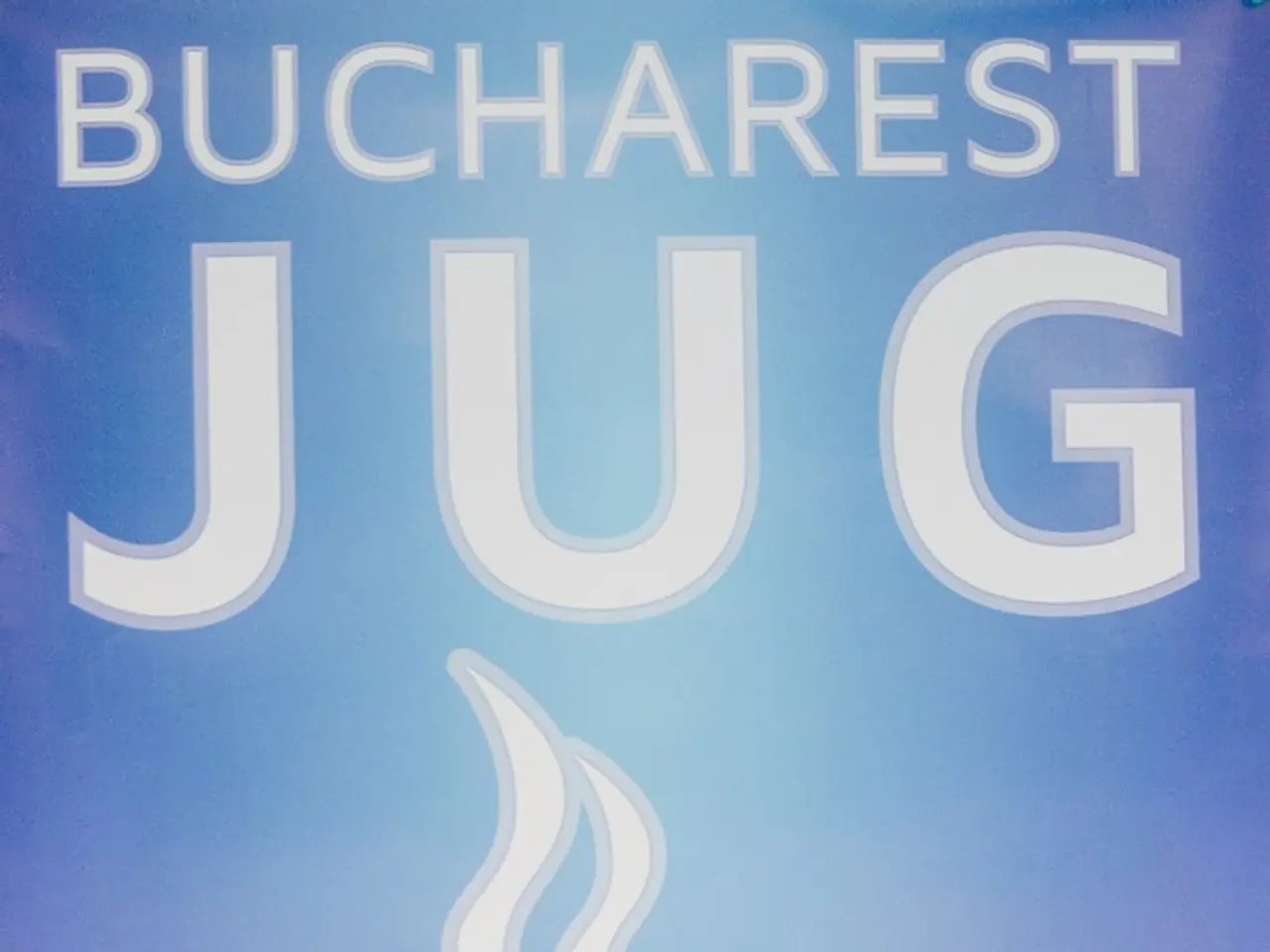Banks stand firm against loosening lending criteria
In a concerning turn of events, Russian banks are rejecting a significant majority of borrowers' applications for debt restructuring and credit holidays, with only 20% being approved in the April-June 2025 period. This revelation comes as the Central Bank of Russia provided data to Izvestia, shedding light on the current state of debt restructuring and credit holidays in the country.
The mechanism introduced in 2024 allows for a six-month deferment of payments on consumer loans. However, the increasing demand for easing credit terms, driven by regional disparities in wage growth and the overall increase in borrowers' debt burden, has led to a surge in applications.
Data from Post Bank suggests that inability to document a decrease in income and having used a deferment in the past are among the main reasons for rejecting credit holidays. The number of applications for changing loan terms, including credit holidays, has significantly increased compared to the same period last year. Requests for credit holidays have increased by 2.2 times (to 233.8 thousand), and applications for debt restructuring under bank programs have grown by 87% (to 1.5 million).
The process of obtaining credit holidays is quite complex for most borrowers due to a multifactor approach to evaluating applications. Alexander Kulinch from Renaissance Bank highlights that financial institutions consider a complex of factors, including economic feasibility for the bank and the current stage of credit delinquency, when deciding to grant a credit holiday.
Despite the government easing the criteria for obtaining credit holidays for some borrower categories, banks are less willing to meet clients' needs. Previously, the most frequent reason for rejections of debt restructuring applications was exceeding the legally set maximum credit size, despite the question of raising this limit remaining unresolved. The main obstacle for banks in approving debt restructuring applications is the lack of official documents confirming borrowers' deterioration in material circumstances.
The high rejection rate can be attributed to several factors. Rising bad loans and financial pressure on banks, such as major Russian banks like Sberbank and VTB experiencing a sharp rise in non-performing loans (NPLs), are contributing to the banks' caution in approving restructurings. The Central Bank of Russia’s key interest rate remains elevated around 20-25.5%, resulting in exorbitant mortgage and credit costs that borrowers struggle to meet. With inflation rising, stagnant wages, and continuing economic sanctions, many consumers and businesses face difficulties servicing debts.
Moreover, the Russian economy is under strain, with falling oil and gas revenues and an increasing number of companies shutting down, especially in trade, construction, and industry sectors. This reduces borrowers’ repayment capacity, increasing default risks for banks and contributing to their reluctance to approve restructurings.
The increase in rejections for debt restructuring and credit holidays is forcing borrowers to seek alternative solutions to their debt problems. Some are turning to microfinance organizations, which have seen a rise in clients previously refused by banks. This trend underscores the need for continued dialogue between the government, banks, and borrowers to address the challenges facing the Russian economy and find sustainable solutions for debt relief.
Personal-finance challenges persist for many Russians, as the majority of debt restructuring and credit holiday applications are being rejected by banks, with only 20% being approved in the April-June 2025 period. Amidst rising demand for easing credit terms due to regional disparities in wage growth and an overall increase in borrowers' debt burden, the increasing number of applications for changing loan terms, including credit holidays, has significantly increased compared to the same period last year.
In personal-finance matters, the complex process of obtaining credit holidays, coupled with banks' less willingness to meet clients' needs, has forced some borrowers to seek alternative solutions from microfinance organizations. This trend suggests a necessity for continuing the dialogue between the government, banks, and borrowers to find sustainable solutions for debt relief in the business sector.




